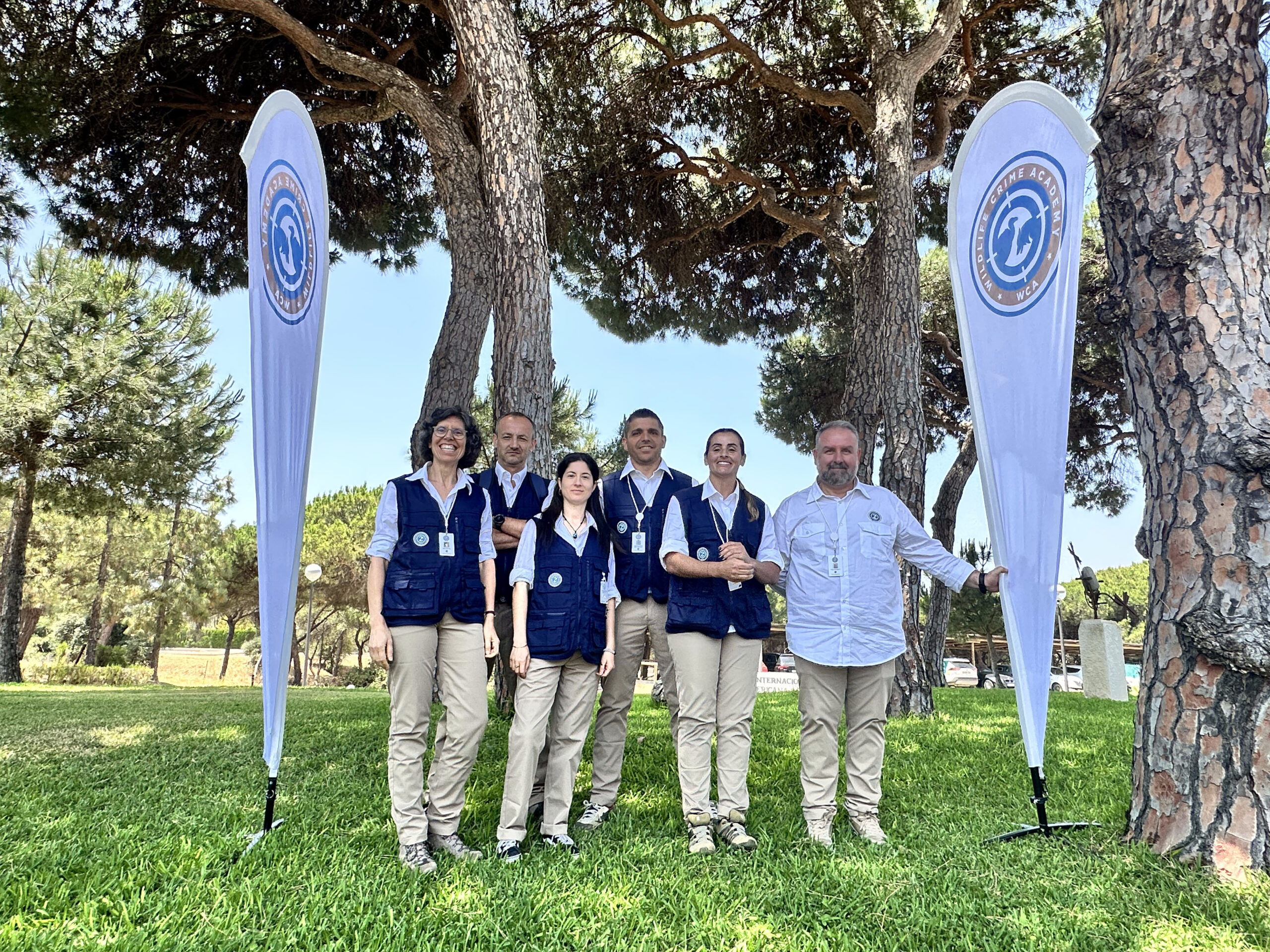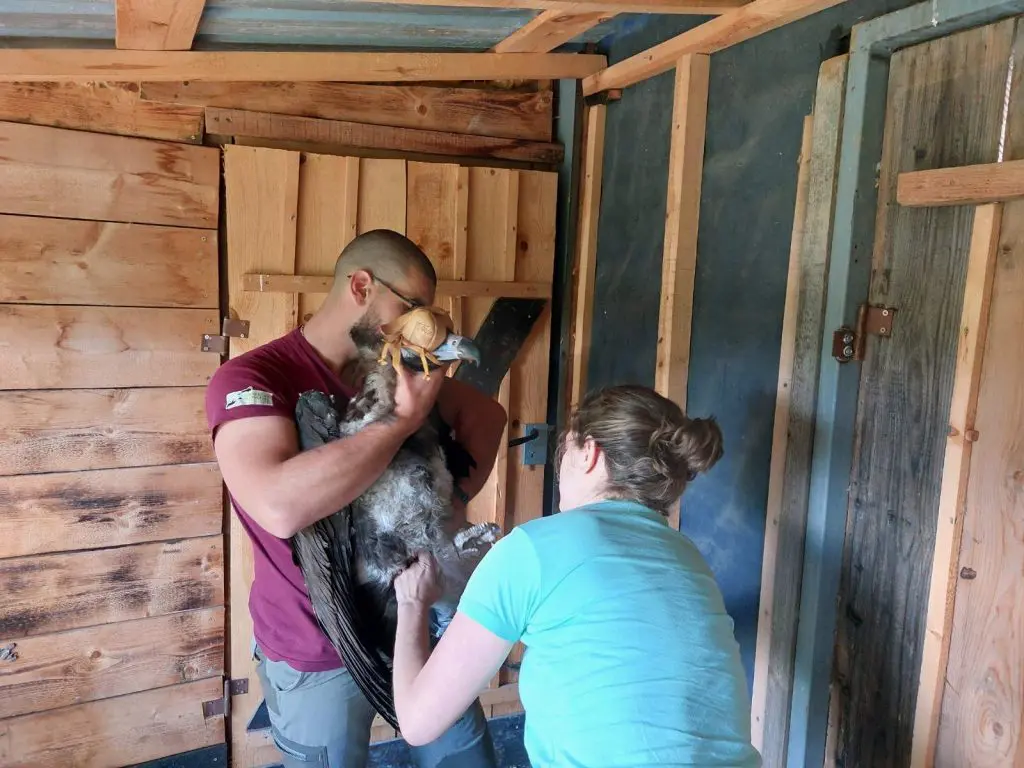In a collaborative effort, the LIFE Aegypius Return project promotes cooperation between Portuguese and Spanish organisations to strengthen the protection of a cross-border Cinereous Vulture breeding colony – Herdade da Contenda, situated in Southern Portugal.
A close look into the Cinereous Vulture colony of Herdade da Contenda
Herdade da Contenda, covering 5267 hectares and under the ownership of the Municipality of Moura, hosts Portugal’s southernmost Cinereous Vulture breeding colony within the Mourão/Moura/Barrancos Special Protection Area (SPA). Ranking as the country’s second-largest colony of the species, it boasted 17 to 18 nesting pairs in 2023, contributing five chicks to the population. Notably, two of these pairs are situated in Spanish territory, near the border, though from an ecological point of view, all these pairs belong to the same breeding colony.
This year, signs of the colony’s eastward expansion emerged with the discovery of four new nests during breeding monitoring activities in the Spanish Contienda. These nests are situated within the SPA and Special Area of Conservation (SAC) Sierra de Aracena y Picos de Aroche.

Protecting breeding grounds with collaborative efforts
To coordinate protection efforts, such as reinforcing surveillance, avoiding forestry work or any other type of disturbance during the breeding season of this endangered species of the endangered Cinereous Vulture (typically running from January to September), the LIFE Aegypius Return project recently organized a technical meeting and field trip. Participants included technicians from the Vulture Conservation Foundation (coordinators of LIFE Aegypius Return), the Liga para a Protecção da Natureza (LPN, which collaborates with Herdade da Contenda. E.M. in monitoring and protecting the colony) and various organisations from the Junta de Andalucía’s Department of Sustainability, Environment and Blue Economy: the Territorial Delegation of Huelva, the Environment and Water Agency, and the Andalucia Necrophagous Bird Recovery and Conservation Plan.


During the field trip, technicians observed various nests on both the Spanish and Portuguese sides from a great distance, with the help of binoculars and telescopes, in order to keep a safe distance from the nests and avoid disturbances. After the work, it was agreed to define a protection polygon around all the known nests on the Spanish side, expanding the efforts already made on the Portuguese side and also in neighbouring Spanish regions that also shelter breeding Cinereous Vultures, such as the Sierra Pelada and Rivera del Aserrador SPA/SAC.
Importance of protecting the Cinereous Vulture in Portugal
The Cinereous Vulture is a threatened species and very sensitive to disturbance during the breeding season. It holds the Endangered conservation status, both nationally in Portugal and regionally in Andalusia. There are four known breeding colonies in Portugal, two of which (Douro Internacional and now Herdade da Contenda) already count on transboundary collaboration for their protection.
About the LIFE Aegypious Return project

The LIFE Aegypius Return project aims to consolidate the return of the Cinereous Vulture to Portugal and western Spain. It is co-funded by the European Union’s LIFE programme. Its success depends on the involvement of all the relevant stakeholders, and the collaboration of the partners, the Vulture Conservation Foundation (VCF), the coordinating beneficiary, and the local partners Palombar – Conservação da Natureza e do Património Rural, Herdade da Contenda, Sociedade Portuguesa para o Estudo das Aves, Liga para a Protecção da Natureza, Associação Transumância e Natureza, Fundación Naturaleza y Hombre, Guarda Nacional Republicana and Associação Nacional de Proprietários Rurais Gestão Cinegética e Biodiversidade.




